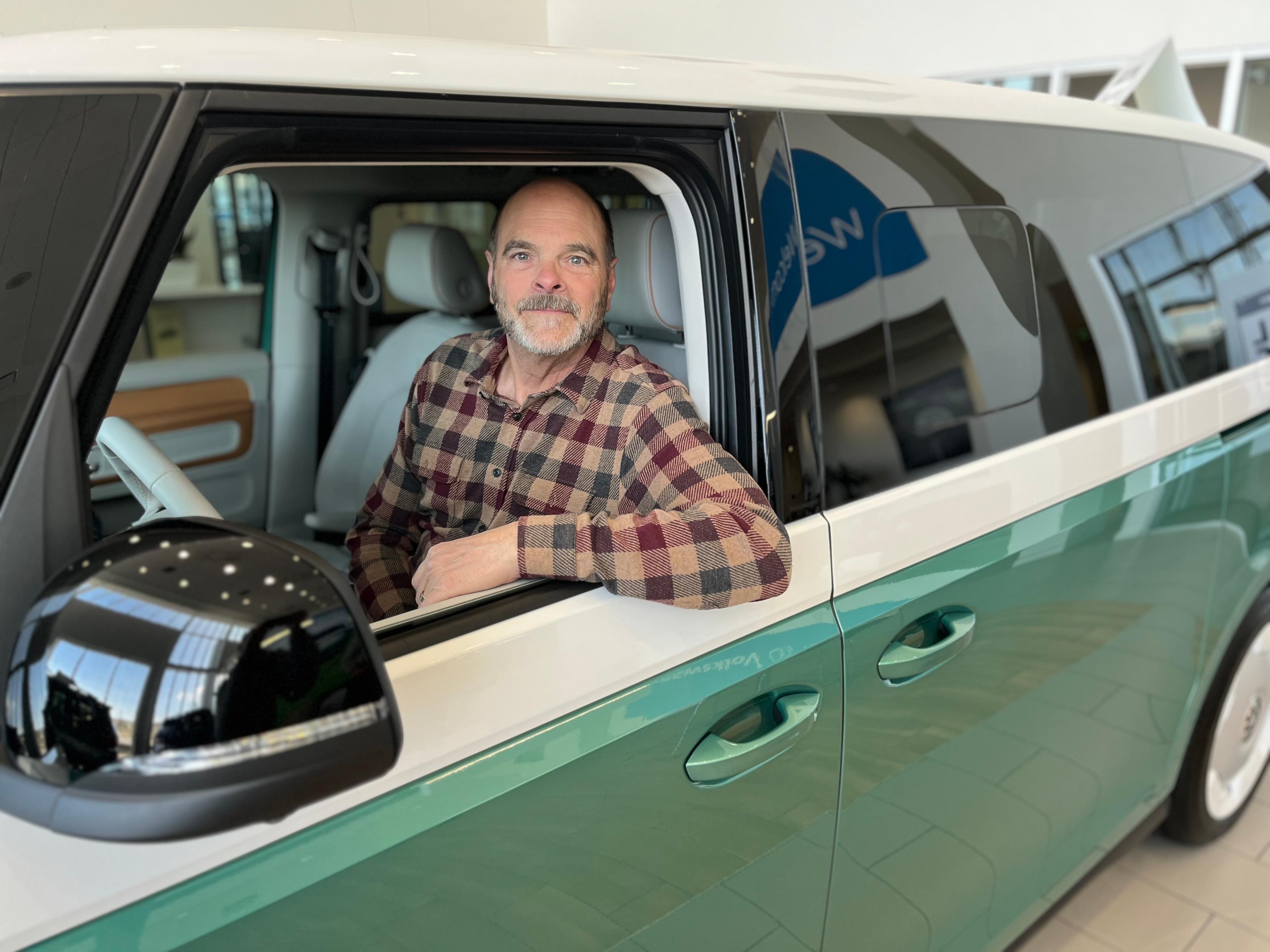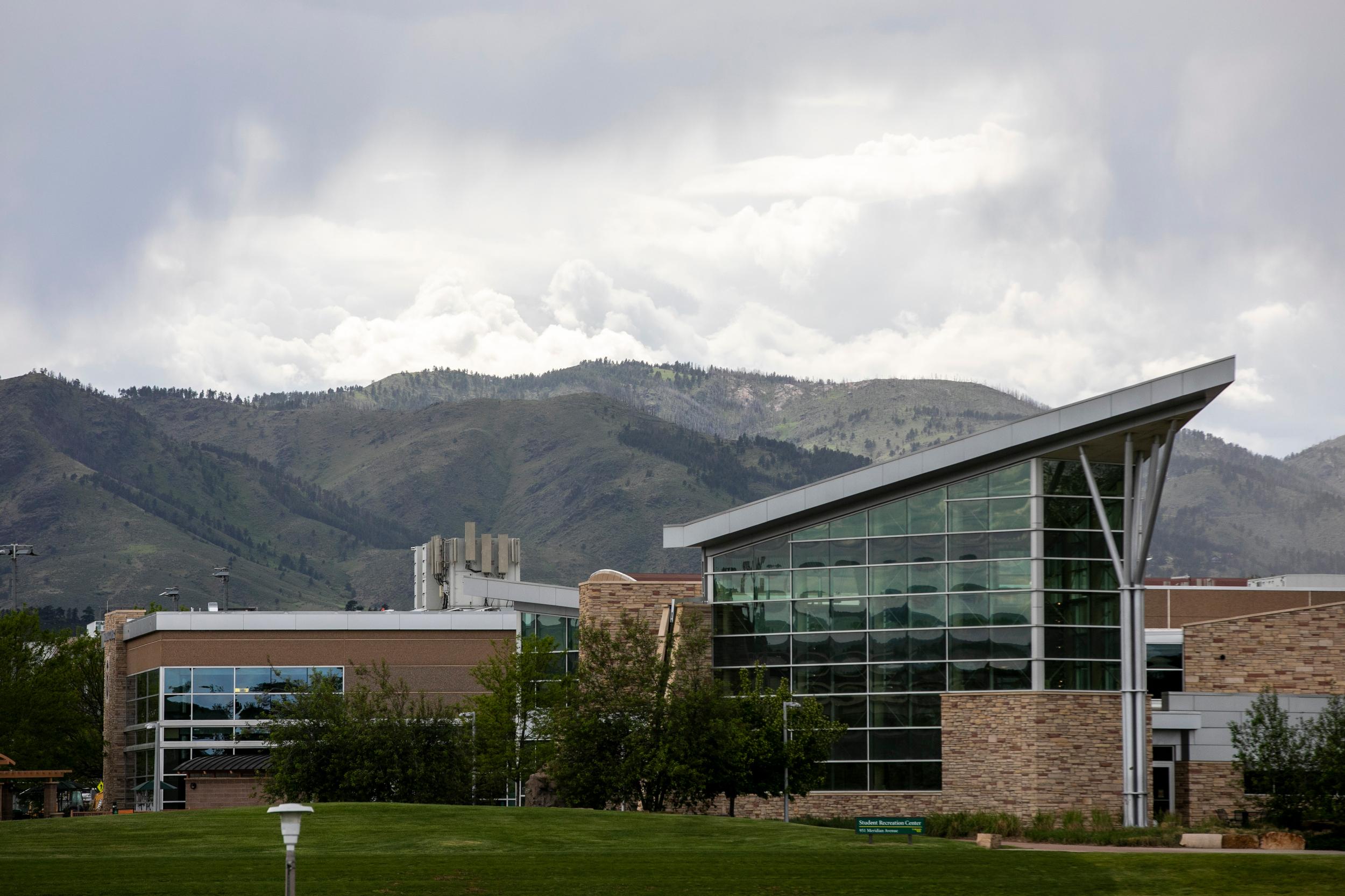Originally published on August 1, 2019 12:59 pm
One hundred and fifty years ago, a group of explorers led by Civil War veteran John Wesley Powell set out to document the canyons of the Green and Colorado Rivers. It was the first trip of its kind. To commemorate the journey, a group of scientists, artists and graduate students from the University of Wyoming called the Sesquicentennial Colorado River Exploring Expedition has been retracing his steps this summer.
When I reached University of Wyoming geography professor Tom Minckley -- the trip’s leader -- he was along the banks of Lake Powell in Arizona. He was keeping an eye on the five boats he and his colleagues used to traverse the 1,000 miles from Green River, Wyoming to Lake Mead, passing through the canyons of the Colorado Plateau. The group ended their journey Aug. 1 where the Virgin River enters Lake Mead, the same place Powell’s journey ended.
Minckley’s group launched in late May in the same spot and on the same day John Wesley Powell and his crew of nine men launched in 1869. Along the way, more than 60 people -- including fellow scientists, environmentalists, tribal leaders and water managers -- joined Minckley’s crew.
“We’ve been rowing and most recently motoring down the same route he took looking at the conditions of the river, talking to people about the future of the West, water supplies, natural resources,” Minckley said, in between the sounds of passing motorboats on Lake Powell. “(We’re) trying to examine the system in a similar way that John Wesley Powell did through a systematic look at how it’s being used.”
In the time since Powell’s journey, vast infrastructure projects fundamentally changed how the Green and Colorado Rivers function, and what they look like. Unlike Powell, Minckley’s group had to portage around large dams, like Flaming Gorge in Utah and Glen Canyon Dam in Arizona. Part of Powell’s legacy, he says, is that he warned lawmakers in Washington D.C. not to overuse the river, and to plan for scarcity.
But, Minckley says, even as Powell remains as an oracle-like figure in the West’s mythology, much of what’s been built in the basin is well within his vision for the region.
Interview Highlights
On John Wesley Powell
“Powell was the first European to row down the Green and Colorado Rivers and through the Grand Canyon. He coined the term The Great Unknown as parts of that system were known from mountain man days, but there were parts that had never been seen by European eyes. He connected the upper river to what was known down in the area that is now Lake Mead... He was a Civil War hero who lost his arm in battle and he went on to become one of the United States’ great explorer heroes. One of the last great explorations of the lower 48 states was Powell’s trip down the Green and Colorado rivers. He was instrumental in developing the West and opening up the West to settlement and largely also envisioning some of the infrastructure we depend on for our water supplies and power supplies.”
On the commemorative trip
“(Powell’s) first trip filled in the blank spaces on the map of the American West. And immediately in Powell’s world he started talking about the critical water supplies and how we could use that for the betterment of society. And it seems like that discussion persists to this day. The 150th anniversary of his initial trip is a point in time where we can reflect on what we’ve done over that time period and what we can do in the future. We have the fastest growing region in the country. We have a stressed water supply out here. And his vision would be that we think of water supplies in a proactive way rather than a reactive way of waiting for drought or other big hit to the system to diminish our supplies.”
On Powell’s legacy
“He saw the region as a land of scarcity. So you wanted the strong role of government to put in the infrastructure so the people could decide what they wanted to do in the region. He felt that it would be all agrarian use, pasture, rangeland. He couldn’t have envisioned the growth of Phoenix and Los Angeles. That we would do transbasin diversion, that Denver would be getting water supplies. Fort Collins. He probably couldn’t envision that. But he also saw that the arid region was a land of scarcity and I think he would have -- at least my interpretation of his writings -- is that you have to plan on the scarce end not on the abundance end. And that’s where I think he might have strong opinions about our utilization now. There are a lot of needs for water in the West and we have to decide: are we doing the best with the supply that we have?”
On Powell’s views of Western development
“In a large sense I think the changes that we see are within the vision of John Wesley Powell. We see natural areas, but there’s 28 administrative units managing the Colorado River and Green River. National wildlife sections. Agricultural sections. Energy production. The utilization of the landscape was what he was looking for. He wanted a logical utilization of the landscape, and we saw that. ... Even the dams are within the vision of controlling the water and using it for society’s benefit. So what we saw is John Wesley’s landscape as he might have envisioned it, maybe a bit more industrialized as he envisioned but he didn’t know about all the technology changes that would’ve come.”
This story is part of a project covering the Colorado River, produced by KUNC and supported through a Walton Family Foundation grant. KUNC is solely responsible for its editorial content.
Copyright 2019 KUNC. To see more, visit KUNC.








